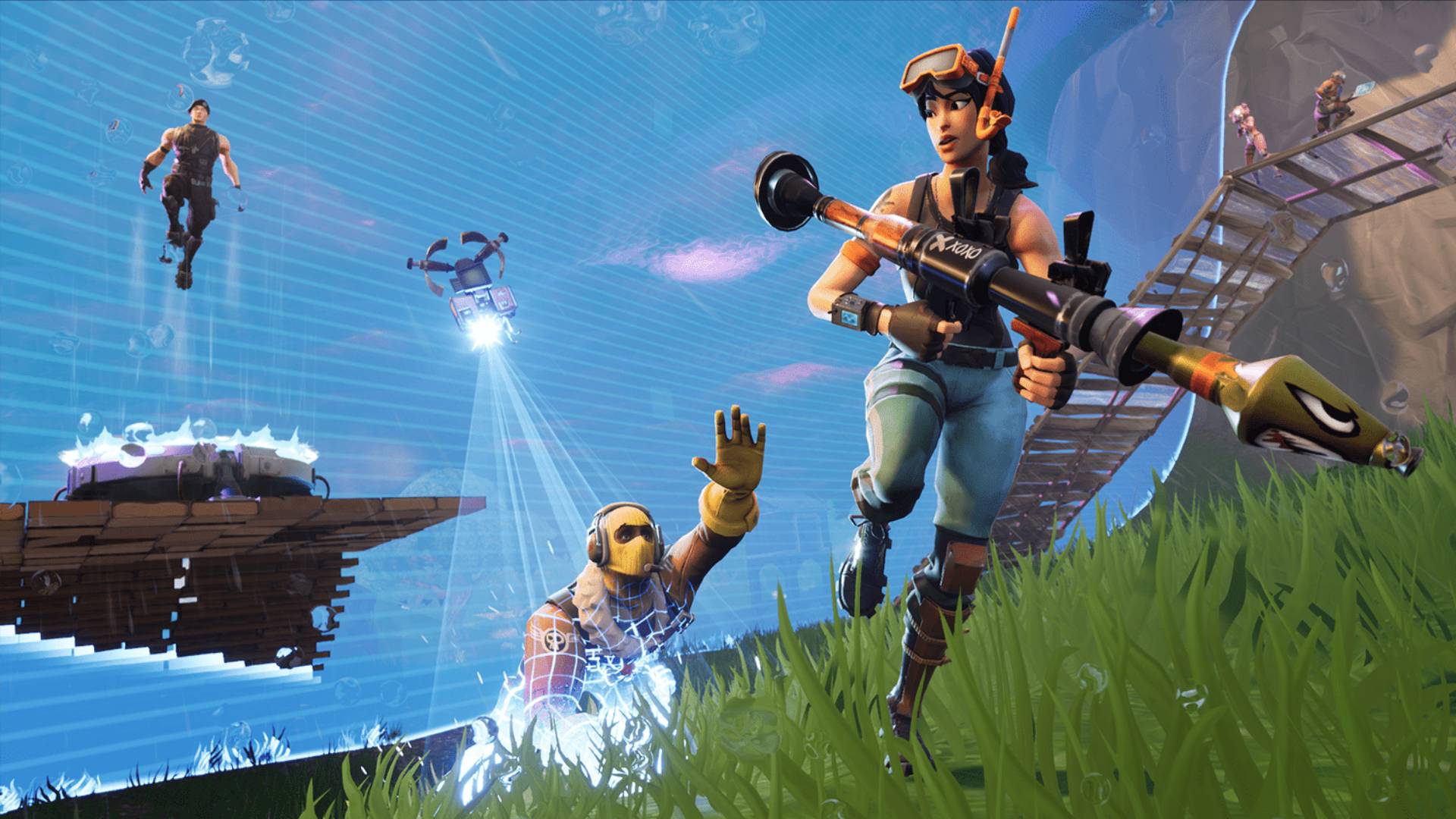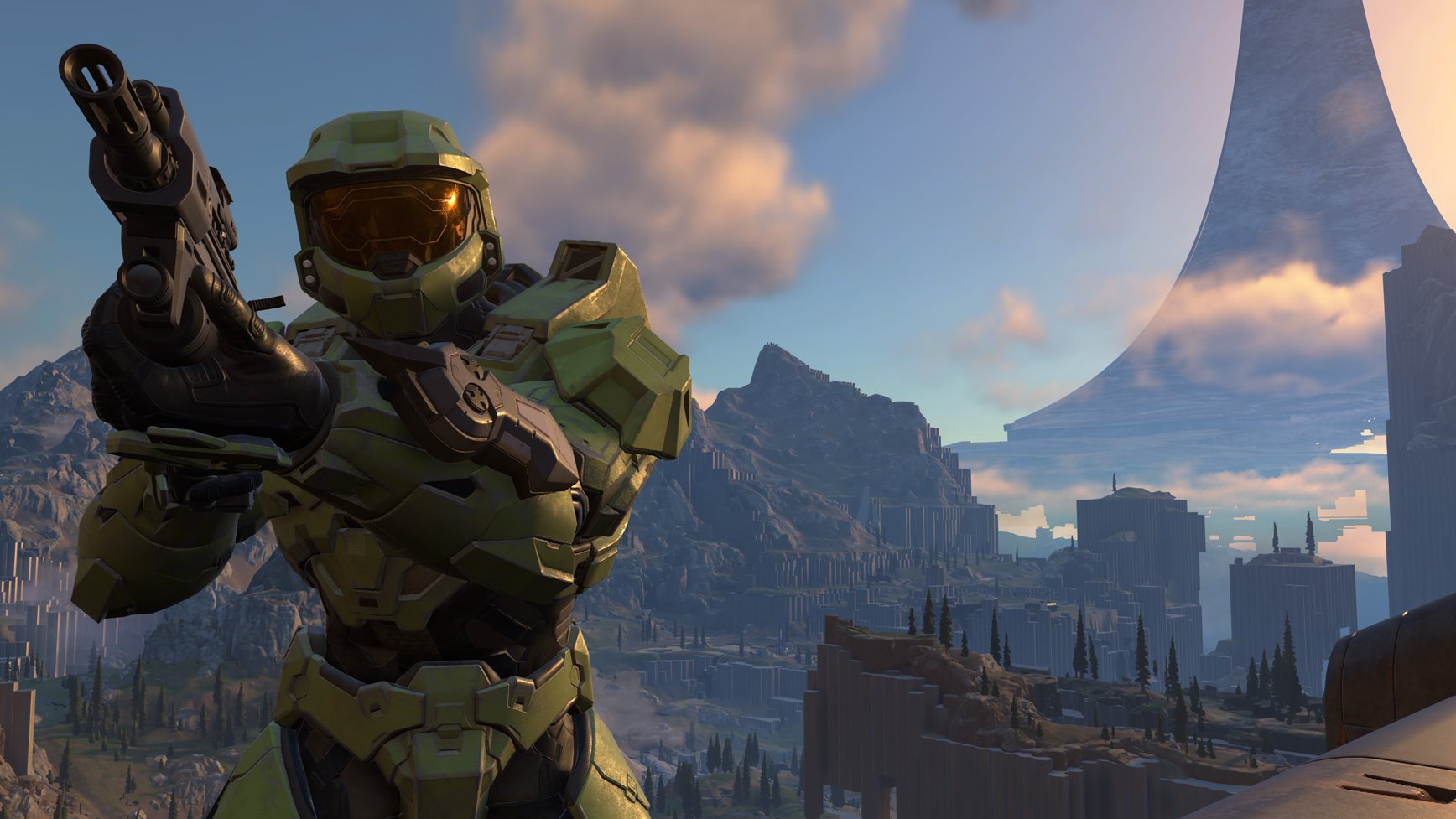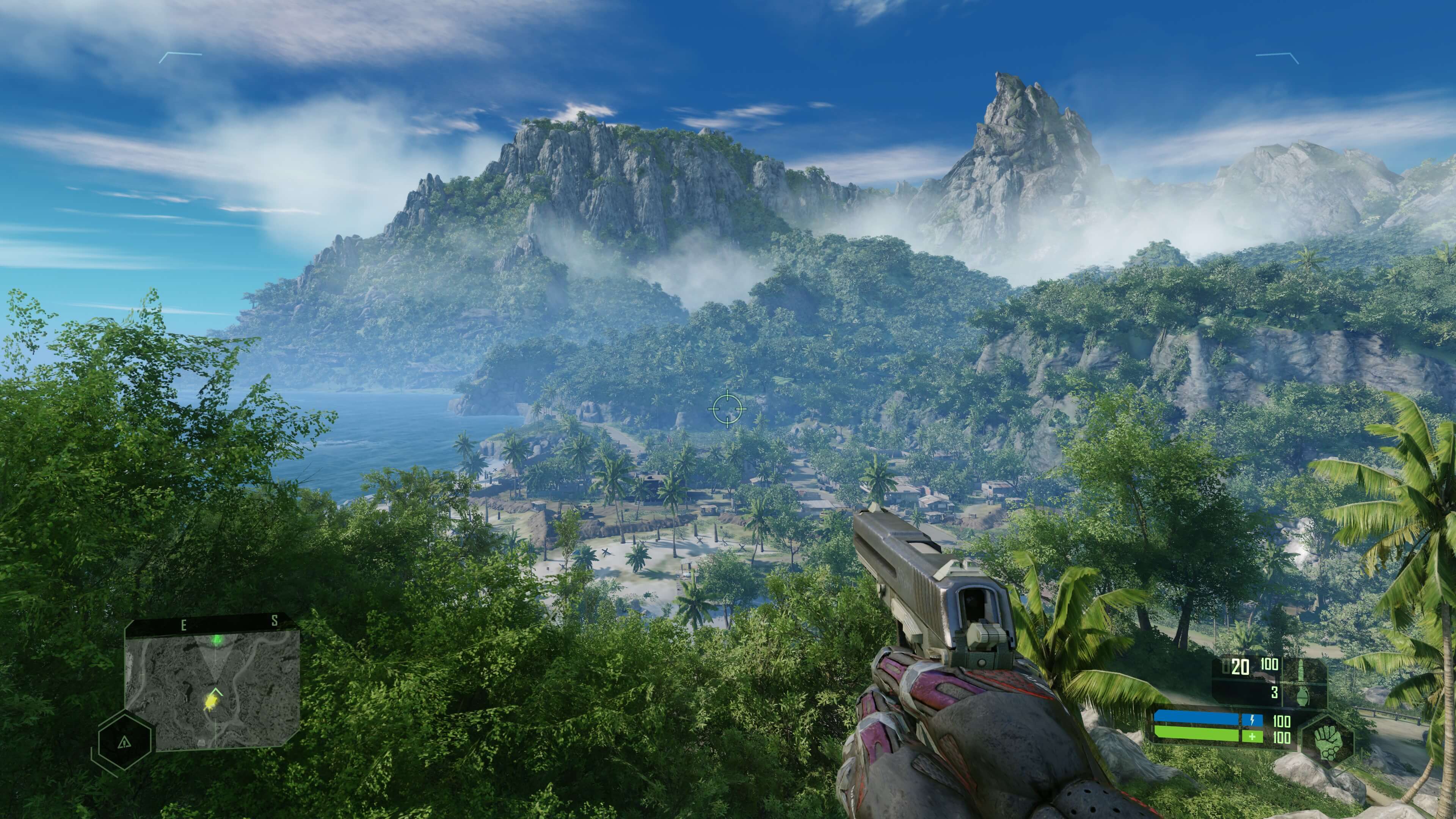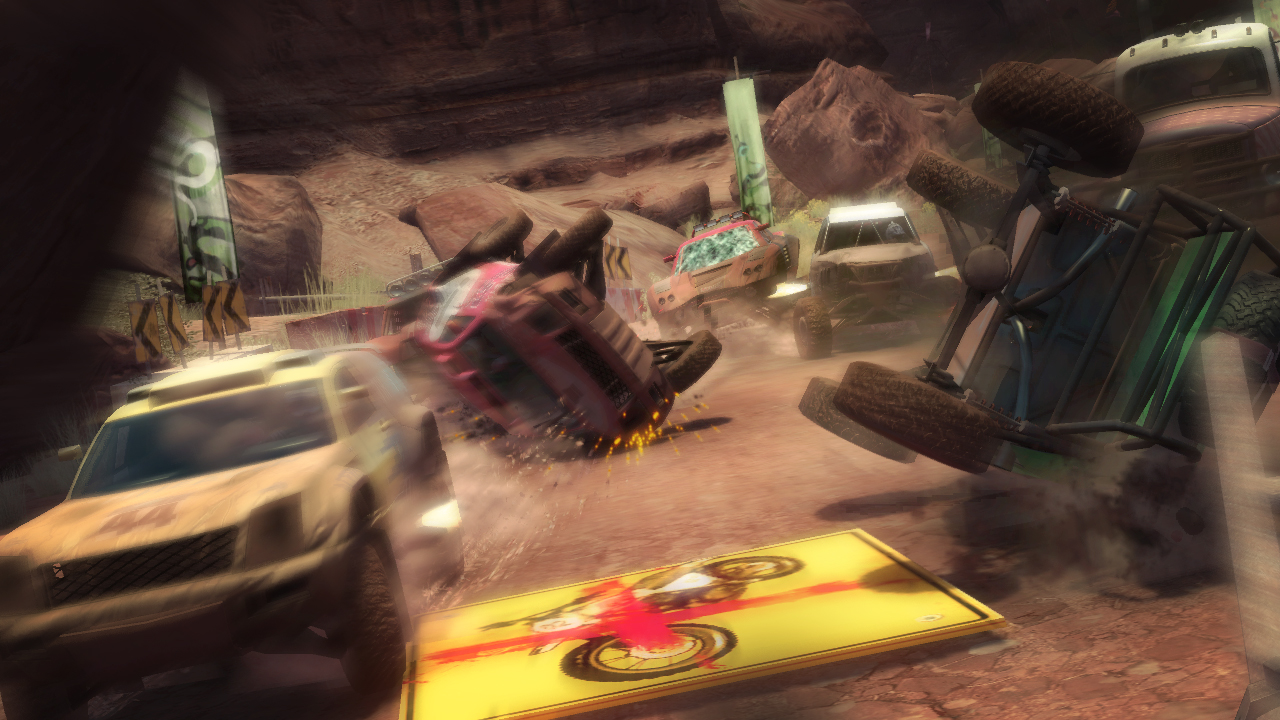Two years after PS5 and Xbox Series X, we’re still not in the next generation
How the supply chain breakdown stunted the games industry’s growth

Wake up and smell the NFTs, everybody, it’s 2023. The new new normal is a world where we don’t wear masks anymore, but the weekly Covid death count is higher than in the lockdown days. Where tech billionaires are convinced we’ll soon be living exclusively in VR while, in reality, gamers are still booting up their PS4s to play another identical FIFA. The supply chain’s still absolutely knackered and everything costs £500,000 now. But most troubling of all, the new console generation still hasn’t kicked in yet.
I don’t mean to be blase. Covid’s impact has far more serious implications outside the gaming sector, but during these once-in-a-lifetime paradigm shifts like living through a global pandemic and watching the myriad unforeseen ways it affects every far-flung corner of society, you learn to use humor as a coping strategy. Anyway, what happened to all the brilliant graphics we were supposed to have by now?
It was supposed to be a simple proposition. You bought a PS5 or an Xbox Series X when they released in 2020, and then you’d instantly get access to the graphical marvels seen in Unreal Engine 5 demos in the run-up to the new gen. That was how it happened when you bought a new console since the 16-bit arms race between Sega and Nintendo. A massive leap forward into a pool of exciting, tangibly new games.
The Unreal deal

It hasn’t happened. PS5 owners are spending most of their time and money cross-platform titles like Elden Ring that don’t begin to use the new gen’s higher hardware ceiling, and the PS5 upgrade patches that arrive for the likes of The Last Of Us II feel like shiny afterthoughts.
Xbox Series X owners have had an even rougher ride. Halo Infinite had a rocky launch, Forza Horizon 5 looked a lot like Forza Horizon 4, and over two years after its release date, the platform’s still waiting for a game that says “THIS is what this powerful new hardware can do.” No offense, Overwatch 2.
Things aren’t this way because global supplies of cool graphics have been depleted, but because the user bases for next-gen consoles remain absolutely tiny compared to their previous-gen counterparts. PS5’s initial sales were record-breaking, but like basically every other manufacturer in the world, Sony hasn’t been able to keep up with demand. The 30m units it’s sold worldwide to date are dwarfed by PS4’s 117m users.
Xbox Series X has shipped around 19m units, but Xbox One owners are roughly 51m in number. If you’re a major publisher or developer about to greenlight an expensive project, which audience size do you pick?
Sign up for breaking news, reviews, opinion, top tech deals, and more.
Now imagine you’re making that decision two to three years ago – the beginning of the dev cycle for many titles releasing right now in 2023. You’ve absolutely got to develop your game primarily for that massive core audience on older-gen consoles. And when you set the minimum specs that low, you can’t really stretch your legs up into what the new hardware can do.
Spec savers

PC gamers also feel the effects of that. Although the higher-spec gaming PCs among our community have been able to reach fidelity levels well beyond any console for as long as there have been PCs and consoles, piracy took its toll on PC sales through the noughties to such an extent that unless you were an indie dev with low overheads and influencer-aided hype, it wasn’t such an attractive platform to release for.
And if you had the kind of money it takes to release visually stunning titles that make full use of complex modern GPUs, forget about it. Better to channel those funds into closed console ecosystems. And so we’ve found ourselves inexorably bound to the fortunes of consoles. Since Crysis, we’ve rarely seen a developer invest in a project that really makes use of higher-spec PC componentry, console demands be damned.
So that means when next-gen console games have to consider old-gen hardware and release in cross-platform format, that’s really bad news for PC. It takes a lot of specialist knowledge, time, and budget to implement RTX ray tracing and neural network-aided upscaling, and to create high-res art assets on a world scale that a high-end PC can handle.
The good news is that the problems creating next-gen’s stunted growth are already being remedied
Developers need a considerable incentive to do that. Right now, if they’re spending a lot of time figuring out how to translate their bold new ideas to ten-year-old console platforms, that puts the smaller, niche audience with an RTX 4090 somewhat on the back burner.
The good news is that the problems creating next-gen’s stunted growth are already being remedied. Given how long triple-A games take to make now, there’s always a considerable lag to consider when we look at market trends. Elden Ring et al aren’t a fair indication of what the total gaming user base can handle at present and how developers have catered for them. 2023’s big games - Starfield, S.T.A.L.K.E.R. 2 et al will give us a better look at how next-gen hardware impacts the look and feel of gaming.
So the trickle of Unreal Engine 5-caliber games is slow, but it’s getting there. Fortnite’s chapter 4 has given us the first meaningful chunk of Unreal Engine 5, and Redfall’s delay was partially accounted for by an engine swap to Unreal Engine 5. If you’ve been sitting on next-gen hardware since that night back in 2020 when the page refreshed and you actually had an ‘add to basket’ appear on your screen, you’re probably less than pleased that we’re talking about this three years later.
Lest we forget Motorstorm

Then again, even without global pandemics and supply chain disasters, consoles haven’t always hit the ground running. PS3’s launch game lineup has become something close to infamous in recent years for the dearth of real quality within it. Resistance: Fall of Man and Motorstorm, yes, but also Mobile Suit Gundam: Crossfire and Tony Hawk’s Project 8. Hardly the sort of roster you’d rush out to spend that famously high PS3 RRP to play.
Within a year, though, the course was corrected on the good ship PS3. Assassin’s Creed, Rock Band, Uncharted, and Call of Duty 4 had lent legitimacy to Sony’s pretender to the PS2 throne. It did take a while, though.
It’s a similar story for PS4 and Xbox One’s launch lineups. They’re decent, but there’s not much on either list that ignites a flame of wild passion in you and motivates you to dust off Assassin’s Creed IV: Black Flag for a nostalgic playthrough or Ryse: Son of Rome another go.
So, it takes time for a new generation to bed in. We’ve learned that from the recent past. And since the last console gen launch, video games have become infinitely more complex things, developed by multi-team studios worldwide over several years and at a cost of tens of millions of pounds. That means there will always be a bit of a lag from idea to execution, even before Covid comes along to shut the world down until further notice.
So that’s why we’re not enjoying a new generation of gaming yet. But in 2023, we will. The diary’s slowly filling with Unreal Engine 5 launches, the user bases of new-gen machines are slowly ticking up, and maybe, just maybe, before the year’s out, we’ll play something even remotely close to that Matrix Awakens demo in full game form.

Ad creative by day, wandering mystic of 90s gaming folklore by moonlight, freelance contributor Phil started writing about games during the late Byzantine Empire era. Since then he’s picked up bylines for The Guardian, Rolling Stone, IGN, USA Today, Eurogamer, PC Gamer, VG247, Edge, Gazetta Dello Sport, Computerbild, Rock Paper Shotgun, Official PlayStation Magazine, Official Xbox Magaine, CVG, Games Master, TrustedReviews, Green Man Gaming, and a few others but he doesn’t want to bore you with too many. Won a GMA once.